Saansad Adarsh Gram Yojana 2024
The Saansad Adarsh Gram Yojana (SAGY), launched on October 11, 2014, aims to turn Mahatma Gandhi’s ideal village vision into reality. Each Member of Parliament adopts a village, focusing on both social and infrastructural progress. These model villages inspire others, with villagers actively involved in planning. SAGY stands out for its people-driven approach. Let’s check details of Saansad Adarsh Gram Yojana.
Overview Table Of Saansad Adarsh Gram Yojana
| Aspects | Details |
| Scheme Name | Saansad Adarsh Gram Yojana |
| Launch Date | October 11, 2014 |
| Objective | To transform Mahatma Gandhi’s vision of ideal villages into reality through social and infrastructural development. |
| Benefits | – Personal Growth – Human Advancement – Social Improvement – Economic Progress – Environmental Care – Basic Services – Effective Governance – Use of Technology and Innovation |
| Eligibility Criteria | – Gram Panchayats as basic units – Villages with 3000-5000 people in plains, 1000-3000 in hilly/tribal areas – MPs adopt a Gram Panchayat excluding their or spouse’s village – Lok Sabha MPs choose from constituency, Rajya Sabha MPs from rural district in state – Previous MPs’ selected Gram Panchayats stay in SAGY |
| Progress | – 1440 Gram Panchayats selected between 2014 and 2019 – 1921 Gram Panchayats selected between 2019 and 2024 |
What Is Saansad Adarsh Gram Scheme?
The Saansad Adarsh Gram Yojana (SAGY) started on October 11, 2014, to make Mahatma Gandhi’s dream of ideal villages come true today. Each Member of Parliament adopts a village and helps it grow in all areas, focusing on both social and infrastructural improvements. These model villages are meant to teach nearby villages how to develop better.
With the help of villagers and modern tools, a plan is made for each village under the MP’s guidance. This plan is special because it listens to what people need, learns from society, and involves everyone.
Additionally, SAGY is expected to bring about other important changes, such as:
- More jobs and opportunities for earning a living
- Less people moving away due to hardship
- Ending bonded labor, child labor, and manual scavenging
- Ensuring all deaths and births are properly recorded
- Finding fair ways to solve problems that everyone agrees with
- Promoting peace and unity Inspiring other villages to follow their example
सांसद आदर्श ग्राम योजना (एसएजीवाई)
सांसद आदर्श ग्राम योजना (एसएजीवाई) का आरंभ 11 अक्टूबर 2014 को किया गया था, जो महात्मा गांधी के आदर्श गांव के सपने को आज अवसान देने का उद्देश्य रखता है। प्रत्येक सांसद एक गांव को अपनाता है और सामाजिक और आर्थिक सुधारों पर ध्यान केंद्रित करके उसे सहायता करता है। इन मॉडल गांवों का उद्देश्य आस-पास के गांवों को बेहतर विकसित करने के लिए है।
गांववालों और आधुनिक उपकरणों की मदद से, प्रत्येक गांव के लिए एक योजना एमपी के मार्गदर्शन में बनाई जाती है। यह योजना विशेष है क्योंकि यह लोगों की आवश्यकताओं को सुनती है, समाज से सीखती है, और सभी को शामिल करती है।
इसके अलावा, एसएजीवाई की अन्य महत्वपूर्ण परिवर्तनों की उम्मीद है, जैसे:
- जीवन जीने और रोजगार के अवसरों में वृद्धि
- परेशानी के कारण लोगों का वासाया न होना
- बंधुआ मजदूरी, बाल मजदूरी, और हाथीघोड़ा काम समाप्त करना
- सभी मौतें और जन्म सही ढंग से रिकॉर्ड करना
- सभी को सहमति से समस्याओं का समाधान ढूंढना
- शांति और एकता को बढ़ावा देना, और दूसरे गांवों को उनकी मिसाल का प्रेरणा देना।
Saansad Adarsh Gram Yojana Features
A good village develops based on what its people want, using their abilities and what they have, with support from the MP, local leaders, community groups, and government. Though each village is different, some important things they can do include:
- Personal Growth
- Community Improvement
- Human Advancement
- Economic Progress
- Environmental Care
- Welfare Support
- Essential Services
- Effective Governance
Saansad Adarsh Gram Yojana Benefits
- Personal Growth: Encouraging cleanliness and healthy habits, promoting regular exercise and games, and addressing risky behaviors like drinking and smoking are vital aspects of personal development.
- Human Advancement: Ensuring access to basic healthcare and immunization, balancing gender ratios, promoting institutional childbirths, and improving nutrition, especially for vulnerable groups, are key to human development.
- Social Improvement: Encouraging volunteerism, building community capacity for local development, honoring village elders, promoting violence-free communities, organizing cultural events, and fostering social inclusion are integral to social development.
- Economic Progress: Enhancing agriculture and allied livelihoods, supporting rural industries and micro-enterprises, and promoting tourism contribute to economic development.
- Environmental Care: Promoting cleanliness and waste management, tree plantation, water resource management, and pollution control are crucial for environmental development.
- Basic Services: Providing housing, clean water, electricity, infrastructure for public institutions, and social security measures like pensions and insurance schemes are essential for meeting basic needs.
- Effective Governance: Strengthening local democracy, implementing e-Governance, ensuring transparency, and providing timely grievance redressal mechanisms are fundamental to good governance.
- Use of Technology and Innovation: Integrating technology in various sectors, utilizing space applications and mobile technology, and implementing innovative practices are key drivers of progress.
Saansad Adarsh Gram Yojana Eligibility
- Gram Panchayats are the basic units.
- Villages should ideally have 3000-5000 people in plains and 1000-3000 in hilly or tribal areas. If this size isn’t available, similar-sized Gram Panchayats can be chosen.
- MPs need to pick a Gram Panchayat from any rural area in the country, not their own or their spouse’s village.
- Each MP selects one Gram Panchayat to start with, then two more later.
- Lok Sabha MPs choose from their constituency.
- Rajya Sabha MPs choose from any rural district in their state.
- For urban areas without Gram Panchayats, MPs choose from nearby rural areas.
- Previous MPs’ selected Gram Panchayats stay in SAGY, even if their term ended. New MPs can pick their Gram Panchayats, plus two more by 2019.
Use Of Technology and Innovation in SAGY
Using technology and innovation is vital for this program. They’re crucial in these areas:
- Utilizing space applications and remote sensing
- Implementing mobile-based technology
- Advancing agricultural technology and fostering innovation
- Developing livelihood-related technologies and innovations
- Introducing appropriate building construction technologies
- Implementing road construction technologies
- Utilizing water supply and sanitation-related technologies
Saansad Adarsh Gram Yojana Progress
Between 2014 and 2019, a total of 1440 Gram Panchayats were selected under SAGY. However, the number saw a significant increase to 1921 Gram Panchayats between 2019 and 2024. This growth reflects a broader engagement and commitment to the program’s objectives across various regions during the latter period.
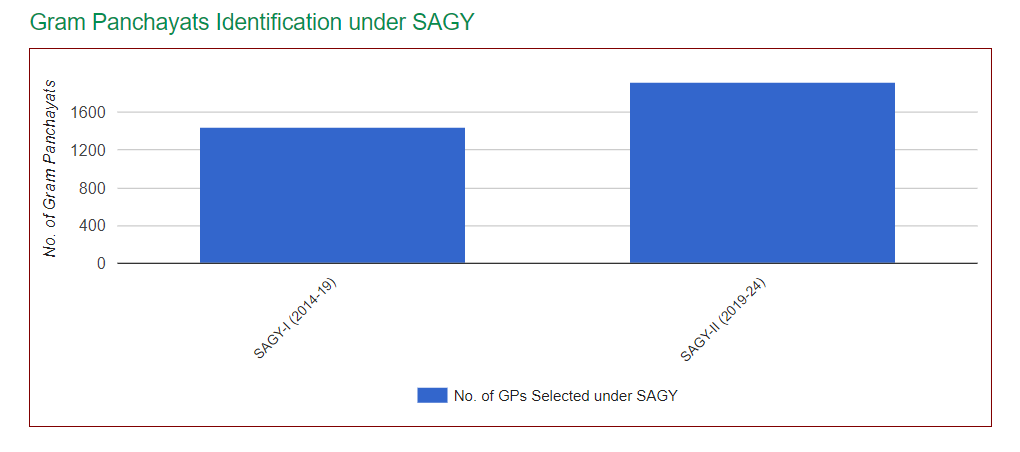
Saansad Adarsh Gram Yojana Application Process
The Member of Parliament (MP) is responsible for selecting an appropriate Gram Panchayat from a rural area in any district of the country, excluding their own village or that of their spouse.
Conclusion
In conclusion, the Saansad Adarsh Gram Yojana (SAGY), launched in 2014, aims to realize Mahatma Gandhi’s vision of ideal villages. Each Member of Parliament adopts a village, focusing on social and infrastructural development. With active community involvement, the program has seen significant growth, selecting 1440 Gram Panchayats between 2014 and 2019 and 1921 between 2019 and 2024, reflecting widespread engagement across regions.
Frequently Asked Questions
Ans: The Saansad Adarsh Gram Yojana (SAGY) aims to realize Mahatma Gandhi’s vision of ideal villages by focusing on social and infrastructural development. Each Member of Parliament adopts a village and assists in its growth.
Ans: Between 2014 and 2019, 1440 Gram Panchayats were selected, and this number increased to 1921 between 2019 and 2024, reflecting a broader engagement and commitment to the program’s objectives.
Ans: MPs are responsible for selecting a Gram Panchayat from a rural area in any district of the country, excluding their own village or that of their spouse.
Ans: Gram Panchayats serve as the basic units, with villages ideally having 3000-5000 people in plains and 1000-3000 in hilly or tribal areas. MPs choose a Gram Panchayat from a rural area, excluding their or their spouse’s village.
Ans: Villages are selected based on specific population criteria, with Gram Panchayats serving as the basic units. MPs adopt a village from any rural area in the country, excluding their own or their spouse’s village.
- GA Questions Asked In SBI PO Mains 2025, 5th May Analysis
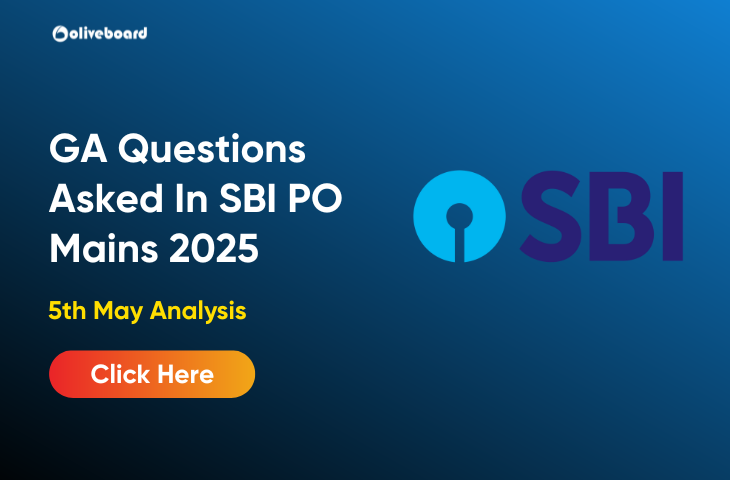
- Pradhan Mantri Suraksha Bima Yojana 2024 Overview & Benefits
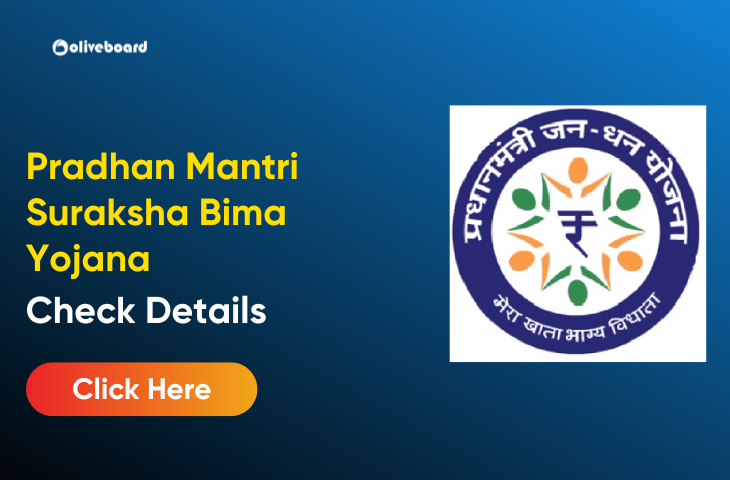
- Central Government Schemes 2024, List of Schemes under Every Ministries
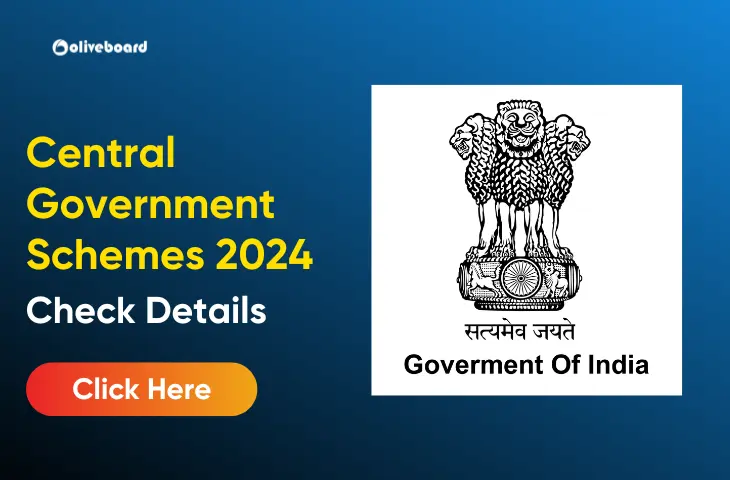
- Pradhan Mantri Swasthya Suraksha Yojana (PMSSY) 2024
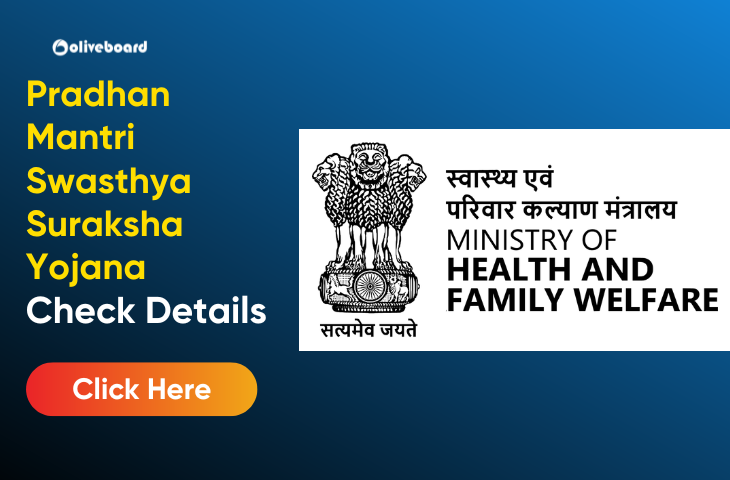
- Pradhan Mantri Gramodaya Yojana 2024 Features & Benefits
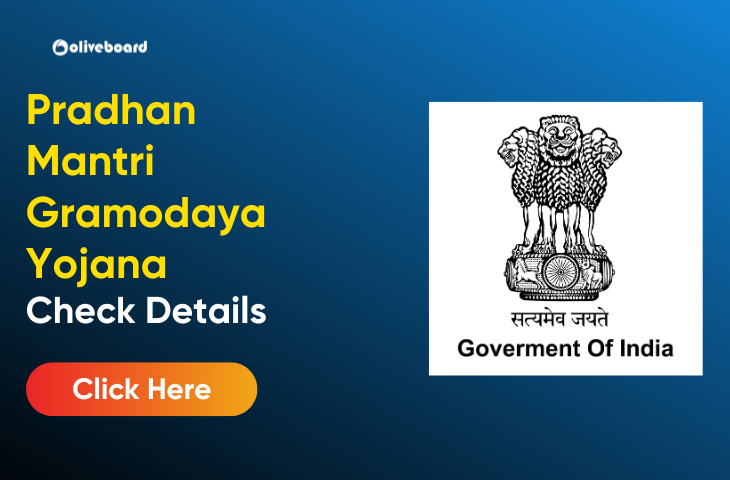
- Pradhan Mantri Van Dhan Yojana 2024, Features, Components & Stages


